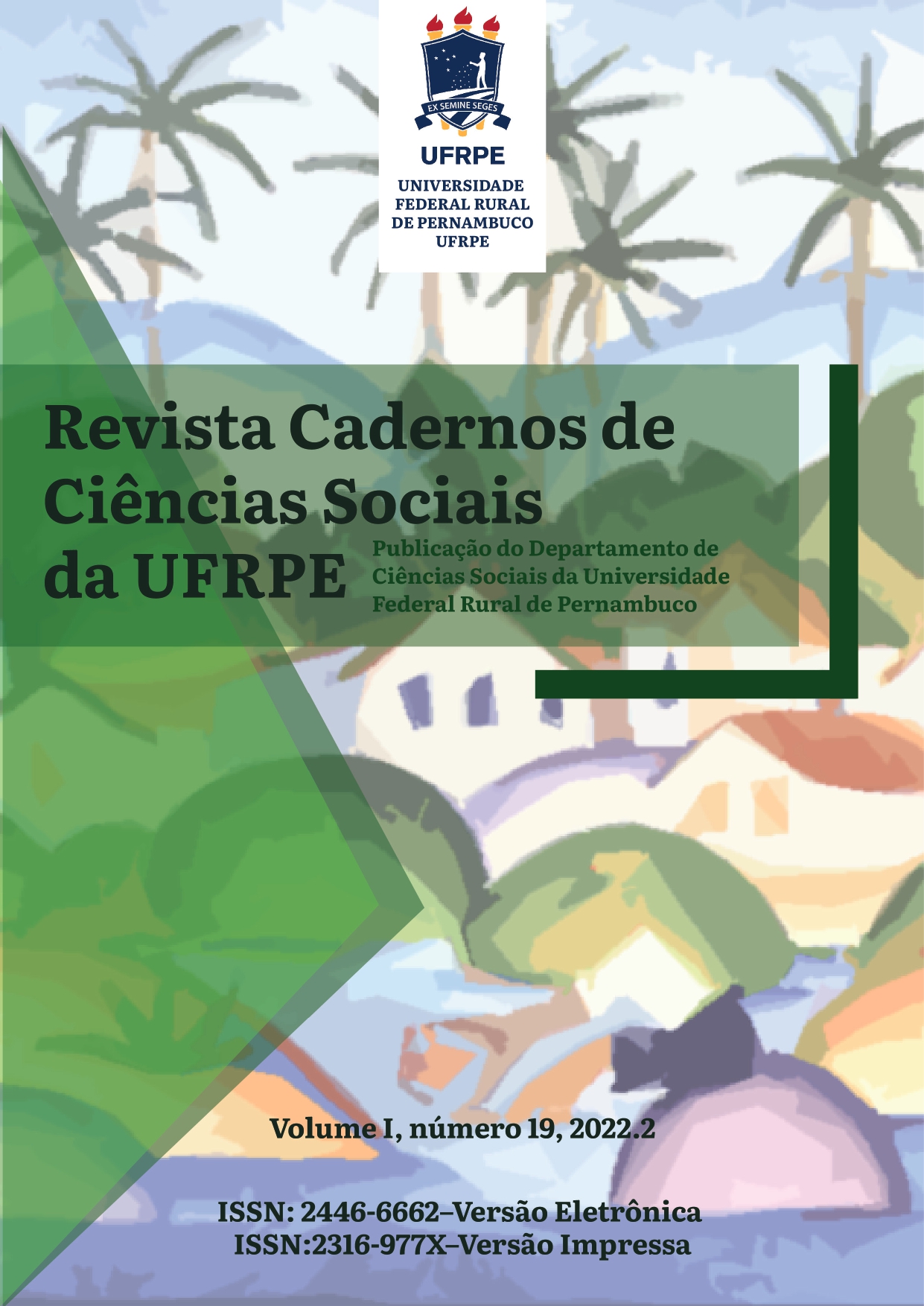Evolución del consumo de bienes y grado de cierre social en Brasil
Palabras clave:
Mobilidade Social; Fechamento Social; Teto de Vidro; Consumo de bens e serviçosResumen
Investigamos el grado de cierre social a partir de la evaluación del consumo de bienes y servicios en diferentes generaciones y cohortes. La correlación intergeneracional se observa a partir de regresiones cuantílicas en diferentes periodos, la información proviene de PDSD. En términos medios, hubo una disminución de la relación intergeneracional, es decir, Brasil se volvió más abierto a finales del siglo XX y principios del XXI. Por otro lado, mantuvo su cara más perversa de concentración de recursos en la cima.Descargas
Citas
BLAU, Peter; DUNCAN, Otis. (1967), The American occupational structure. New York: John Wiley & Sons.
BOGENHOLD, Dieter. (2001), “Social inequality and the sociology of life style. Material and Cultural Aspects Of Social Stratification”. American Journal Of Economics And Sociology, vol. 60, no. 4, pp. 829-847.
FILMER, Deon; PRITCHETT, Lant. (1999), “The effect of household wealth on educational attainment: evidence from 35 countries”. Population and Development Review, vol. 25, no.1, pp. 85-120.
FILMER, Deon; PRITCHETT, Lant. (2001), “Estimating wealth effects without expenditure data-or tears: an application to educational enrollments in states of India”. Demography, vol. 38, no. 1, pp. 115-132.
HAUSER, Robert. (1970), “Educational stratification in the United States.” Sociological Inquiry, pp. 102-129.
MCDONNELL, Erin. (2013), Budgetary Units: A Weberian Approach to Consumption. American Journal of Sociology, vol. 119, no. 2, pp. 307-350.
MCKENZIE, David. (2005), “Measuring Inequality with Asset Indicators.” Journal of Population Economics, vol. 18, no. 2, pp. 229–60.
SAHN, David; STIFEL, David. (2003), “Exploring alternative measures of welfare in the absence of expenditure data”. Review of Income and Wealth, vol. 49, no. 4, pp. 463-489.
SILVA, Nelson do Valle et al. (2008), “A dimensão social das desigualdades: sistemas de indicadores de estratificação e mobilidade social”. Instituto do Milênio, IESP/UERJ/CNPq.
SPILERMAN, Seymour. (2000), “Wealth and stratification processes”. Annual Review of Sociology, vol. 26, no. 1, pp. 497-524.
SPILERMAN, Seymour; TORCHE, Florência. (2004), “Living standard potential and the transmission of advantage in Chile”, in: E. Wolff (ed.), What has happened to the quality of life in the advanced industrialized nations? Northampton, MA: Edward Elgar, pp. 214-253.
TORCHE, Florência. (2015), “Intergenerational influences of wealth in Mexico”. Social Forces, Vol. 94, pp. 563–587.
TORCHE, Florência; SPILERMAN, Seymour. (2009), “Intergenerational influences of wealth in Mexico”. Latin American Research Review, vol. 44, no. 3, pp. 75-101.
WEBER, Max. (2003), “Family communities and communities of labor”, in: M, Weber, The history of commercial partnerships in the Middle Ages. New York: Rowman & Little?eld.
Descargas
Publicado
Cómo citar
Número
Sección
Licencia

Esta obra está bajo una licencia internacional Creative Commons Atribución-NoComercial-CompartirIgual 4.0.






